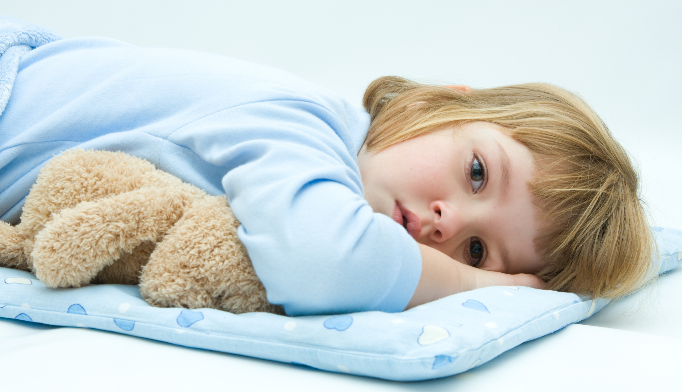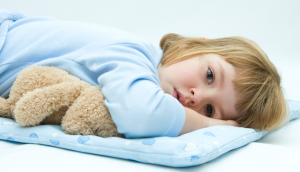Neck-to-waist ratio can help predict pediatric obstructive sleep apnea

Sharon M. O’Brien, MPAS, PA-C
January 19, 2015
Research from Canada demonstrated that a neck-to-waist ratio of >0.41 has sufficient sensitivity and specificity to be considered a predictor of obstructive sleep apnea.

Neck-to-waist ratio can help predict pediatric OSA
Adults are not the only ones who develop sleep apnea. The condition occurs frequently in children as well. The statistics are quite staggering — up to 66% of obese children are diagnosed with apnea compared with 5.7% of non-obese children. This is another reason to keep children active and help them make better food choices.
Just as with adults, the consequences of sleep apnea can lead to other health issues. In children, learning and behavioral problems can be the first symptoms that suggest there is something happening in their sleep.
In adults, obstructive sleep apnea is the collapse of the pharyngeal tissue which causes obstruction of breathing during sleep. Children often develop sleep apnea because of large tonsils and adenoids. When a child is not sleeping well, ask his or her parents about snoring or if they can hear their child breathing from across the room. These are indications that tonsils and adenoids are hypertrophic.
As a provider, keep a measuring tape in your drawer can be helpful in determining whether your pediatric patient has obstructive sleep apnea. Research from Canada suggests that a neck-to-waist ratio of >0.41 has sufficient sensitivity and specificity to be considered a predictor of obstructive sleep apnea. The neck circumference is measured at the most prominent part of the thyroid cartilage and the waist circumference equidistant between the iliac crest and the lowest rib.
Of course, if you believe a child has obstructive sleep apnea it is important to order a polysomnogram to confirm the diagnosis. As it is often a concern, assure your patient that sleep labs have rooms set up for parents to stay with their child. Treatment may be as simple as removal of tonsils and adenoids, however, some children may need continuous positive airway pressure (CPAP) therapy.
Children are not able to always put into words what they are feeling physically. As adults, we can say we are tired or fatigued, while children might not be able to do so. Ask parents how the child is interacting with other children or siblings. Are they falling asleep if not active? How are they doing in school? How is their behavior at home?
On your pediatric patient’s next visit, remember to measure their neck and waist to see if they might need to a sleep study to assess for obstructive sleep apnea.




